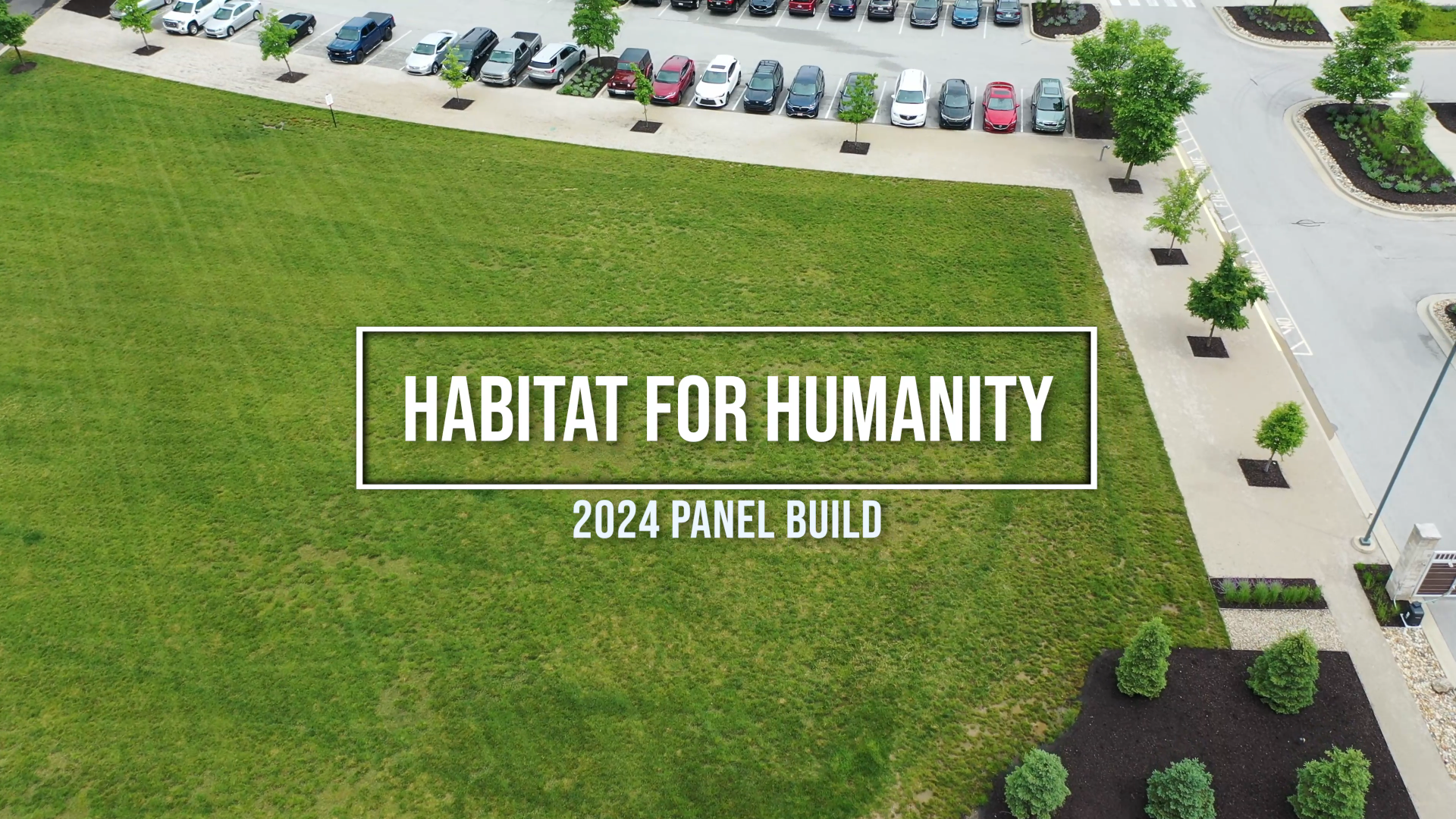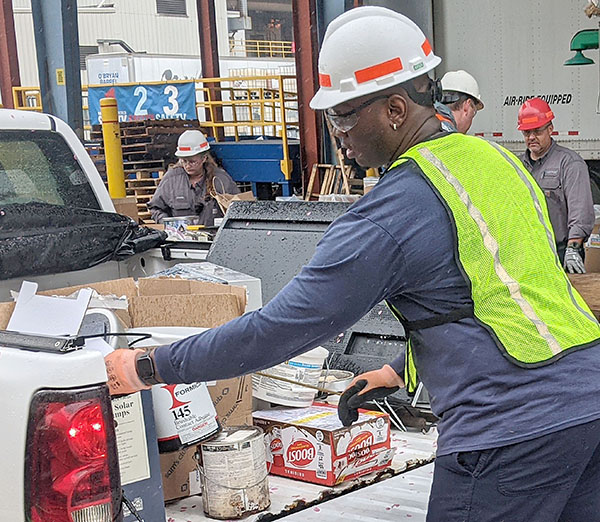The Clean Air Regulation for Hazardous Waste Incinerators:
While it makes good sense for people and industry to reduce, reuse or recycle waste, there will always be residuals, byproducts and spent materials that must be disposed of in compliance with the nation’s hazardous waste disposal rules and requirements. Whether landfill or incineration, disposal facilities must follow a demanding array of regulations to ensure that the waste is managed properly. The regulation for managing air emissions from an incinerator is our focus here.
Various industries producing everything from acrylics to wool fiberglass products are subject to industry-specific regulations of the federal Clean Air Act. These are called the Maximum Achievable Control Technology standards, known simply as MACT. Hazardous waste incineration is one of the industries subject to MACT because the process, like others under the MACT rules, emits substances identified by the U.S. EPA as hazardous air pollutants, or HAPs. Among the 187 HAPs, some of the more familiar ones are: benzene, dioxin, toluene and metals such as cadmium, mercury and lead compounds.
MACT standards for controlling HAP emissions from an industry group, such as hazardous waste incineration, are based on performance of the top 12 percent of that industry group’s facilities that are operating currently. In other words, the minimum standard for hazardous waste incinerators is based on the results of the top performers in the industry. That is how the “Maximum Achievable” part of the rule came about.
“Control Technology” refers to the technology, processes, techniques and work practices that are employed to reduce and control emissions of HAPs. Examples include limits on feed rates, pressures, temperatures and the flow rate of a material as it passes from combustion through the emissions-control system.
The U.S. EPA began work on the rule in the late 1990’s. It was made final in 2005 following input from the public, the various industry sectors, academia and government.
Once set, facilities began conducting required Compliance Performance Tests, or CPTs, to demonstrate compliance. These restrictive tests stress how the facility performs while incinerating larger-than-usual amounts of waste.
For example, MACT requires incinerators to demonstrate 99.99″ destruction of hazardous compounds contained in the waste. An incinerator would not be permitted to operate if it could not demonstrate this level of destruction removal efficiency during the rigors of the CPT.
To demonstrate ongoing compliance, incinerators must conduct these comprehensive tests, which take up to a week to complete, every five years. They must also conduct a specific test every 2.5 years to demonstrate compliance with the MACT limit for emissions of dioxin. A facility’s permit limits will be adjusted accordingly following analysis of the test results.
Visit Hazardous Waste Combustor MACT for more information about this important rule.
More News From Heritage
-
6/27/24
Heritage Environmental Services to Acquire EBV from General Dynamics
Heritage Environmental Servicess, an EQT Infrastructure portfolio company, will acquire EBV from General Dynamics
-
6/13/24
Meet The Facilities – East Liverpool
An inside look at our incineration facility located in East Liverpool, OH
-
5/24/24
Habitat for Humanity 2024
Heritage hosted our 14th annual Habitat for Humanity build this month, partnering with over 50 employees from various THG companies.
-
5/6/24
Date set for the household hazardous waste collection in East Liverpool, Ohio
-
3/12/24
Equal Pay Day – Spotlighting Our Female Drivers
-
3/8/24
International Women’s Week Spotlight – Shannon Dippel
For International Women's Week, we're spotlighting some of the incredible women in the Heritage family. Our final spotlight is Shannon Dippel.
-
3/8/24
International Women’s Week Spotlight – Susan Adams
For International Women's Week, we're spotlighting some of the incredible women in the Heritage family. Our sixth spotlight is Susan Adams.
-
3/7/24
International Women’s Week Spotlight – Lea Wilson
For International Women's Week, we're spotlighting some of the incredible women in the Heritage family. Our fifth spotlight is Lea Wilson








